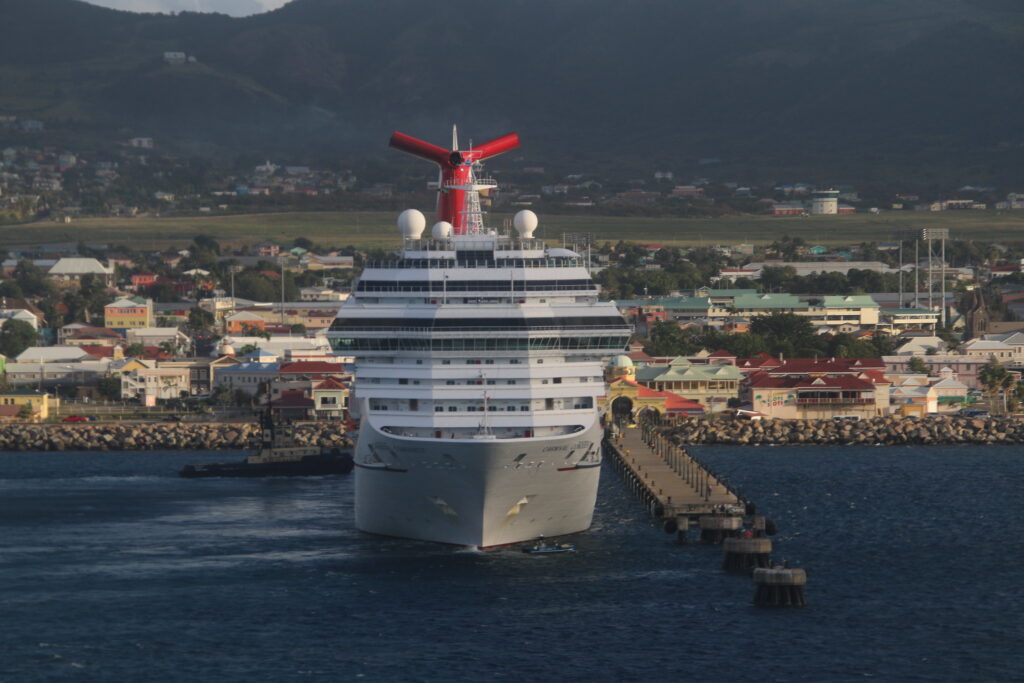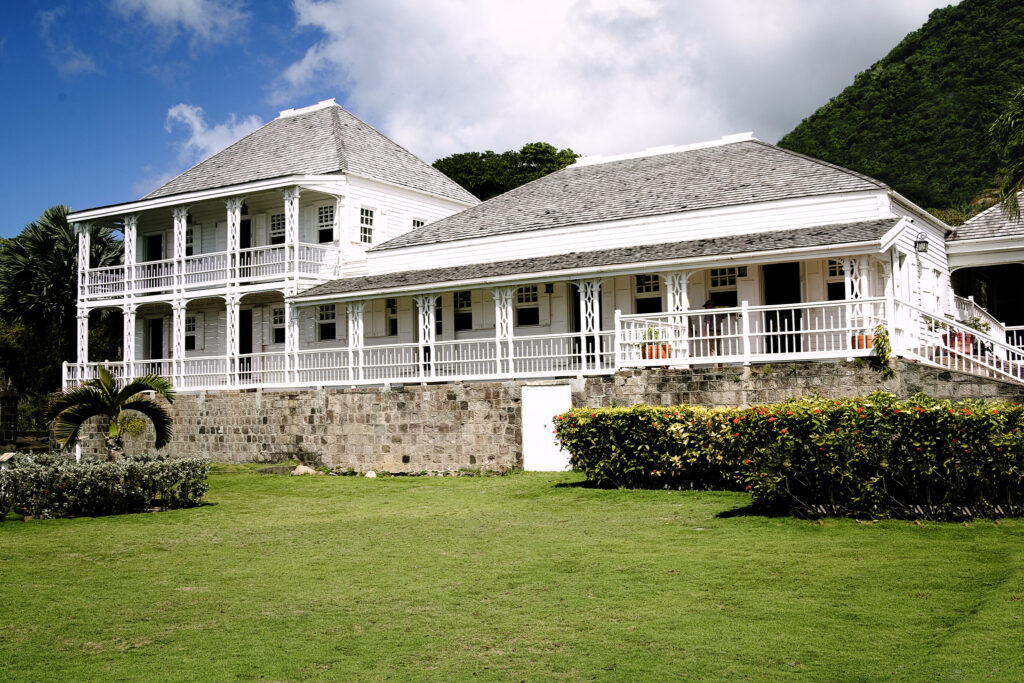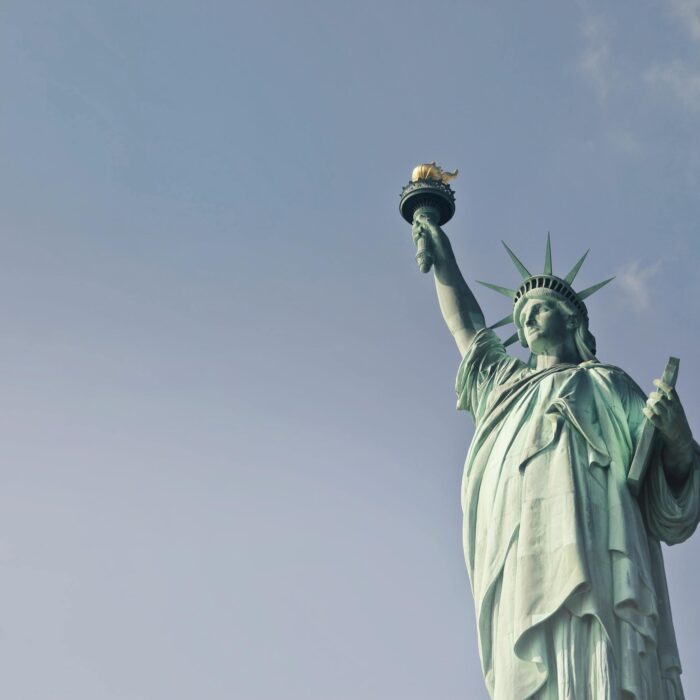Quick facts about St. Kitts and Nevis:
- Population: Approximately 47,000 people.
- Capital: Basseterre.
- Official Language: English.
- Currency: Eastern Caribbean dollar (XCD).
- Government: Parliamentary democracy and constitutional monarchy.
- Major Religion: Christianity.
- Geography: St. Kitts and Nevis is a dual-island nation located in the Caribbean Sea. It consists of the islands of Saint Kitts and Nevis, along with smaller surrounding islands. The terrain is characterized by volcanic peaks, lush rainforests, and sandy beaches.
Fact 1: Both islands are volcanic in origin
St. Kitts and Nevis are part of the volcanic arc of the Lesser Antilles in the Caribbean. The islands were formed by volcanic activity millions of years ago, resulting in rugged terrain, fertile soils, and diverse ecosystems. The volcanic soils of St. Kitts and Nevis are rich in nutrients, making them ideal for supporting lush vegetation and abundant plant life. Tropical rainforests, lush valleys, and verdant hillsides cover much of the islands’ landscapes, providing habitat for a variety of plant species, including tropical fruits, hardwood trees, and flowering plants. The volcanic topography also contributes to the islands’ scenic beauty, with dramatic peaks, volcanic craters, and stunning coastal vistas attracting visitors from around the world.

Fact 2: St. Kitts and Nevis first British colony in the West Indies
St. Kitts, also known as Saint Christopher Island, was colonized by the English in 1623, making it one of the earliest British settlements in the Caribbean region. The colonization of St. Kitts marked the beginning of British involvement in the West Indies and paved the way for further expansion and colonization throughout the Caribbean. Nevis, a neighboring island to St. Kitts, was also colonized by the British shortly after, further solidifying British control in the region. The establishment of sugar plantations fueled by enslaved laborers from Africa became the cornerstone of the islands’ economies during the colonial era.
Fact 3: The highest point of the country is over 1000 meters and it is a dormant volcano
Mount Liamuiga, also known as Mount Misery, is a stratovolcano located on the island of St. Kitts. It rises to an elevation of approximately 1,156 meters (3,792 feet) above sea level, making it the highest point in the country. While Mount Liamuiga is classified as a dormant volcano, meaning it is currently inactive but has the potential to erupt again in the future, it has not experienced any recent volcanic activity. The volcano is characterized by lush vegetation, including tropical rainforest, and it offers hiking opportunities for adventurers seeking to explore its crater and surrounding landscapes.

Fact 4: The country is great for diving
The waters surrounding St. Kitts and Nevis are teeming with marine life, vibrant coral reefs, and underwater formations, making them ideal for diving enthusiasts of all levels. Dive sites around the islands feature healthy coral reefs, colorful fish, sea turtles, and other marine creatures, providing unforgettable underwater experiences. Popular dive sites include shipwrecks, underwater walls, and coral gardens, each offering unique encounters and opportunities for exploration. Additionally, the clear, warm waters and favorable diving conditions year-round make St. Kitts and Nevis a top destination for diving and snorkeling.
Fact 5: The country has two airports and many harbors for cruises and ships
St. Kitts is served by the Robert L. Bradshaw International Airport (SKB), located near the capital city of Basseterre. This airport offers domestic and international flights, providing convenient access to the island for visitors and residents alike. Nevis, on the other hand, is served by the Vance W. Amory International Airport (NEV), situated close to Charlestown, the capital of Nevis. Both airports facilitate travel to and from St. Kitts and Nevis, connecting the islands with destinations across the Caribbean and beyond.
In addition to air travel, St. Kitts and Nevis boast several harbors and ports, welcoming cruise ships and other vessels from around the world. Port Zante in Basseterre, St. Kitts, is a popular cruise port, accommodating large cruise ships and offering facilities for passengers to disembark and explore the island. Charlestown, Nevis, also has a harbor that receives smaller cruise ships and yachts, providing access to the charms of Nevis for maritime travelers.
Note: If you plan to visit the country, check if you need an International Driver’s License in St. Kitts and Nevis to drive.

Fact 6: Brimstone Hill Fortress National Park is protected by UNESCO
Brimstone Hill Fortress National Park, located on the island of St. Kitts, is a well-preserved colonial-era military complex and one of the finest examples of military architecture in the Caribbean. The fortress, also known as the “Gibraltar of the West Indies,” was constructed by the British in the 17th and 18th centuries to defend the island against potential invasions. Today, it stands as a testament to the strategic importance of St. Kitts during the colonial period and serves as a cultural and historical landmark.
In 1999, Brimstone Hill Fortress National Park was inscribed as a UNESCO World Heritage Site in recognition of its outstanding universal value and significance as a well-preserved fortress complex. The designation highlights the importance of preserving and protecting this historic site for future generations and promotes awareness of its cultural and historical significance on a global scale.
Fact 7: The city of Charlestown has preserved colonial architecture
Charlestown, the capital of Nevis, is renowned for its well-preserved colonial architecture, characterized by charming Georgian-style buildings, cobblestone streets, and historic landmarks. The city’s architectural heritage reflects its past as a thriving colonial trading port and sugar-producing center during the 17th and 18th centuries. Many of Charlestown’s buildings date back to this period and have been meticulously preserved, contributing to the city’s distinct character and ambiance.
Key architectural highlights in Charlestown include the Hamilton House, the Bath Hotel, and the Museum of Nevis History, housed in the birthplace of Alexander Hamilton, one of the Founding Fathers of the United States. The city’s colonial-era streetscapes and buildings provide a picturesque backdrop for exploring its rich history and culture.

Fact 8: A railroad used for tourism has been preserved on the island
The St. Kitts Scenic Railway, also known as the “Sugar Train,” is a historic narrow-gauge railway that was originally built in the early 20th century to transport sugarcane from the island’s plantations to the sugar factory in Basseterre. After the decline of the sugar industry, the railway fell into disuse but was later restored and repurposed for tourism.
Today, the St. Kitts Scenic Railway offers visitors a leisurely journey through the island’s lush landscapes, picturesque villages, and historic plantations. The railway’s open-air, double-decker carriages provide panoramic views of St. Kitts’ coastline, volcanic peaks, and tropical rainforests, offering passengers a unique perspective of the island’s natural beauty.
Fact 9: Every year there is a competition to swim across the strait between the islands
The Cross Channel Swim is a long-standing tradition in St. Kitts and Nevis, attracting participants and spectators from around the world. The event typically involves swimmers of all ages and abilities challenging themselves to swim the approximately 2.5-mile (4-kilometer) stretch of water between the two islands.
Participants in the Cross Channel Swim navigate the waters of the Narrows, the strait that separates St. Kitts and Nevis, starting from the island of Nevis and finishing at Cockleshell Bay on St. Kitts. The swim is held under organized conditions with safety measures in place, including support boats and lifeguards, to ensure the well-being of participants.
Fact 10: Goat water is considered a specialty dish in St. Kitts and Nevis
Goat water is a hearty and savory stew made primarily from goat meat, local spices, herbs, and vegetables. The dish is slow-cooked to perfection, allowing the flavors to meld together and the meat to become tender and succulent. While the exact recipe may vary from one household to another, common ingredients used in goat water include goat meat (often with bones for added flavor), onions, garlic, tomatoes, peppers, thyme, and bay leaves.
Goat water is typically served as a main course, accompanied by rice, bread, or provisions (root vegetables), and it is often enjoyed during festive occasions, family gatherings, and cultural events throughout St. Kitts and Nevis.

Published April 07, 2024 • 7m to read





